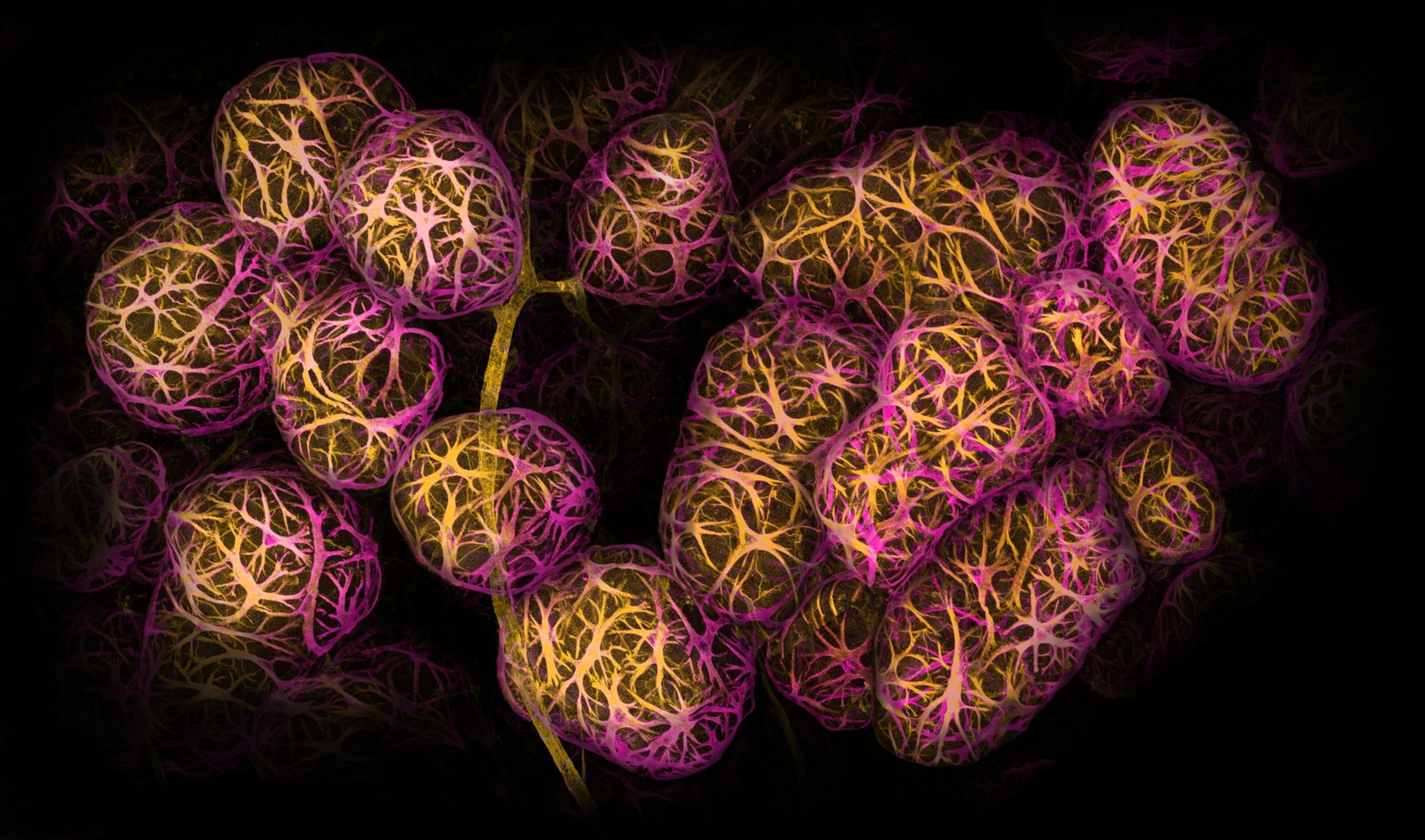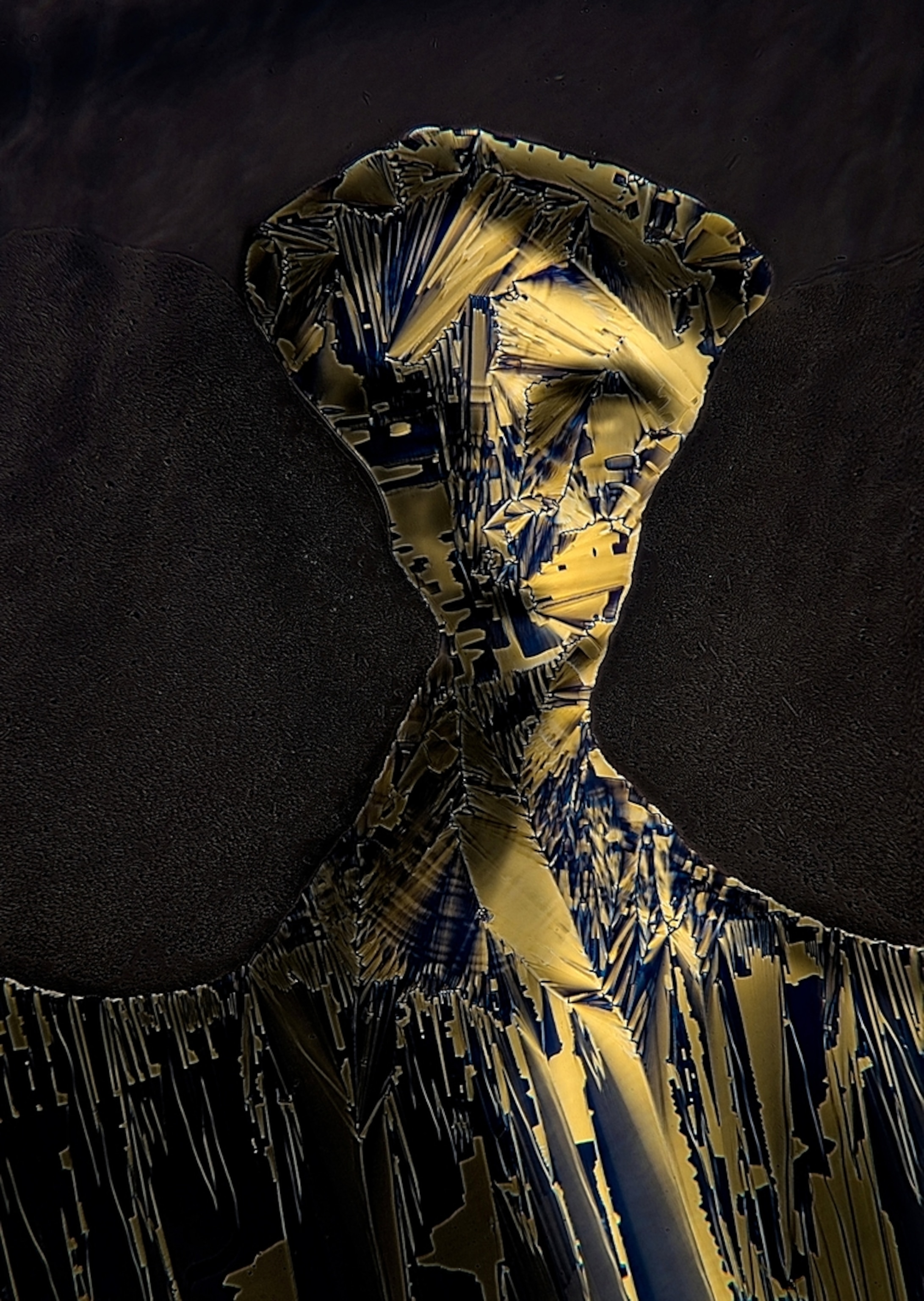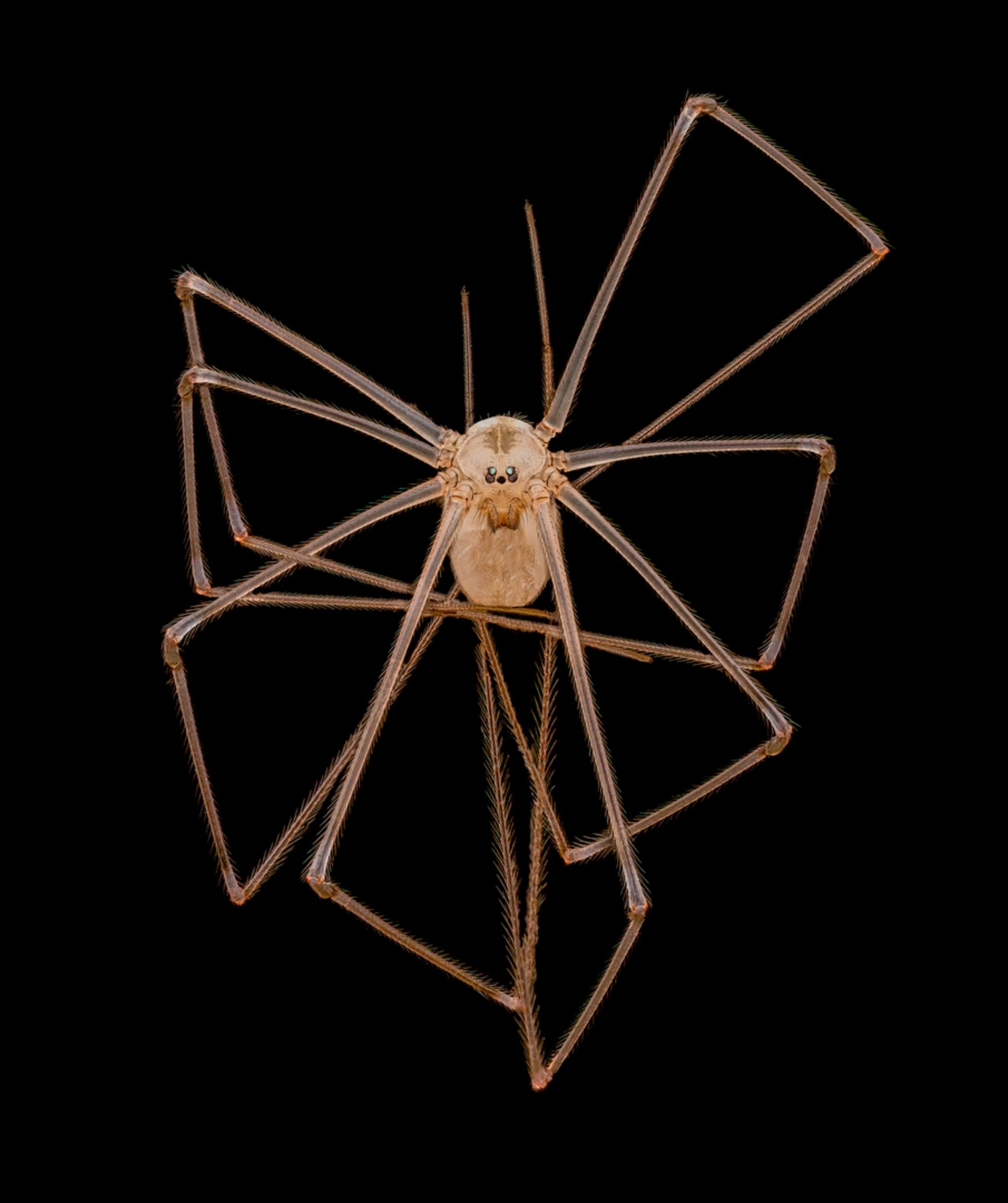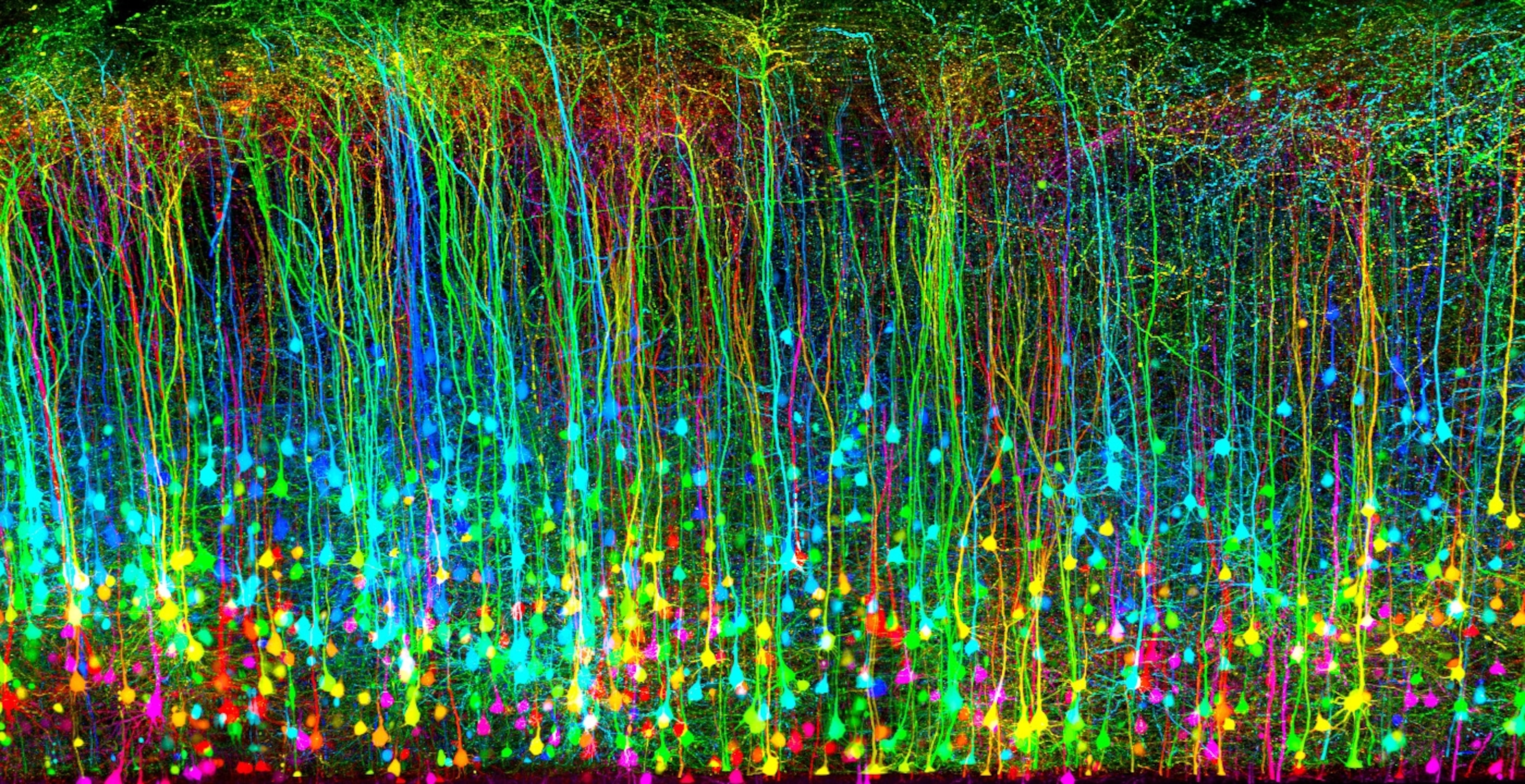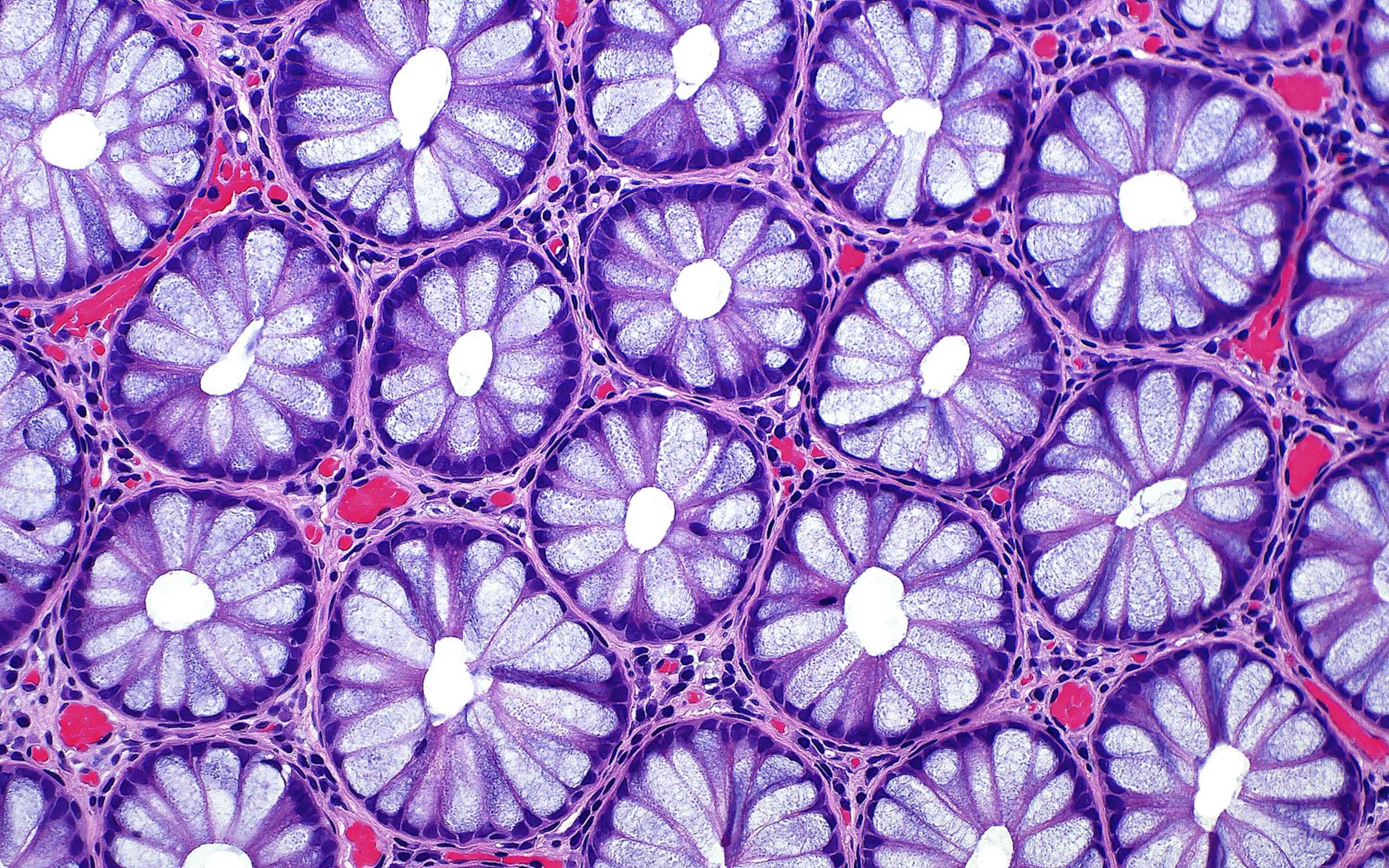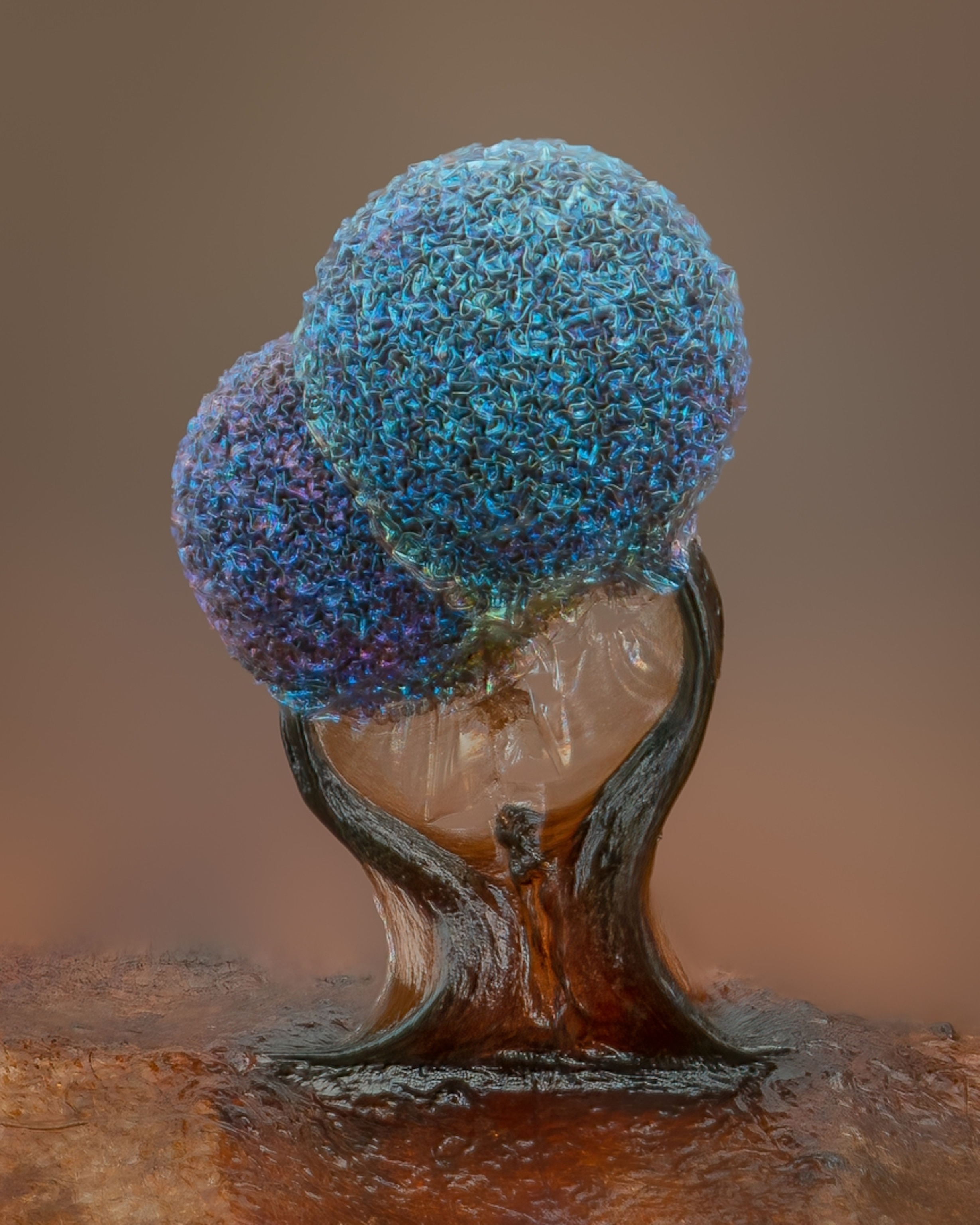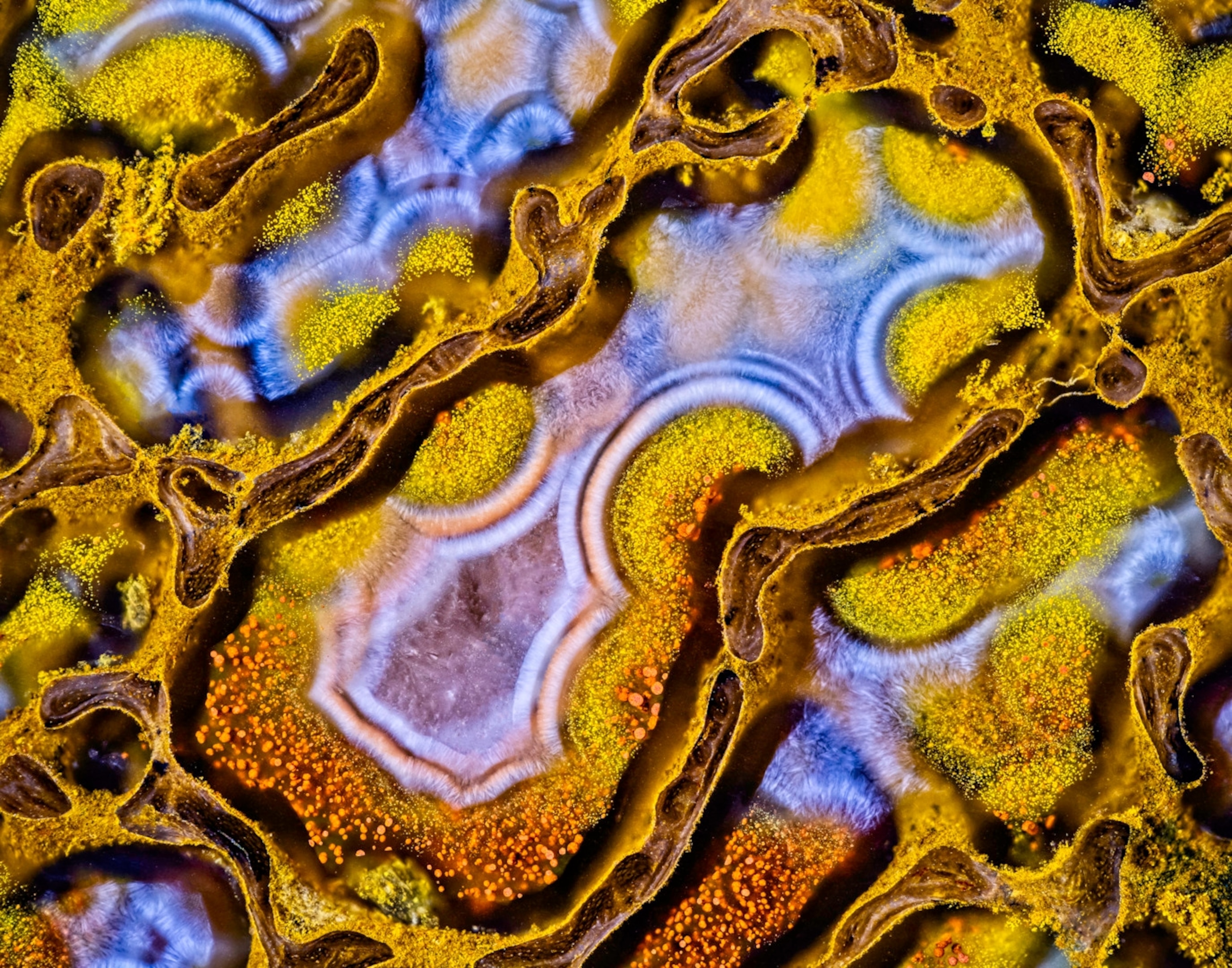Striking pictures reveal the microscopic world’s hidden wonders
The winners of Nikon’s annual Small World photography contest reveal tiny marvels of the natural world that are normally hidden from sight.

Throughout history, humans have struggled to understand the realities that exist beyond our natural perception. Whether it’s the vibrant sensory worlds that non-human animals experience, the immensity of the observable universe, or the inner workings of the microscopic realm, there are countless wonders that humans are unable to see directly.
Fortunately, people have mastered the art of magnifying and capturing the minuscule. And every year, Nikon’s Small World Photomicrography Competition celebrates images that bring these diminutive worlds into view. For the competition’s 48th year, four judges sifted through nearly 1,300 submissions and selected a handful of entries that rose to the top.
Announced today, the winner is an image from University of Geneva researchers Grigorii Timin and Michel Milinkovitch that shows the hand of an embryonic Madagascar giant day gecko. Created using microscopy and image stitching, the result is a fluorescent vista that reveals the delicate complexity of the gecko’s hand, highlighting the nerves, tendons, ligaments, bones, and blood cells that work synergistically to help these creatures effortlessly scale walls.
Other images capture a brambly looking cluster of human milk ducts, a puff of smoke, and the fruiting body of a slime mold—an organism that looks as though it were yanked straight from a fantasy story. All of the winners are available for viewing on Nikon’s website, and for this story, National Geographic photo editor Samantha Clark selected 13 images that captured her imagination, demonstrated the power of microscopy, or inspired her to think more deeply about the hidden world that’s just out of sight.
“Seeing eye-to-eye with insects like this is always thrilling. And now every time I look at an asparagus, I might think of this one,” Clark says. “The winning image of the embryonic gecko hand is hypnotizing with all the layers of skin, bones, and blood vessels. And who knew the human colon could be so groovy in this flower-power image of epithelial crypts?”

